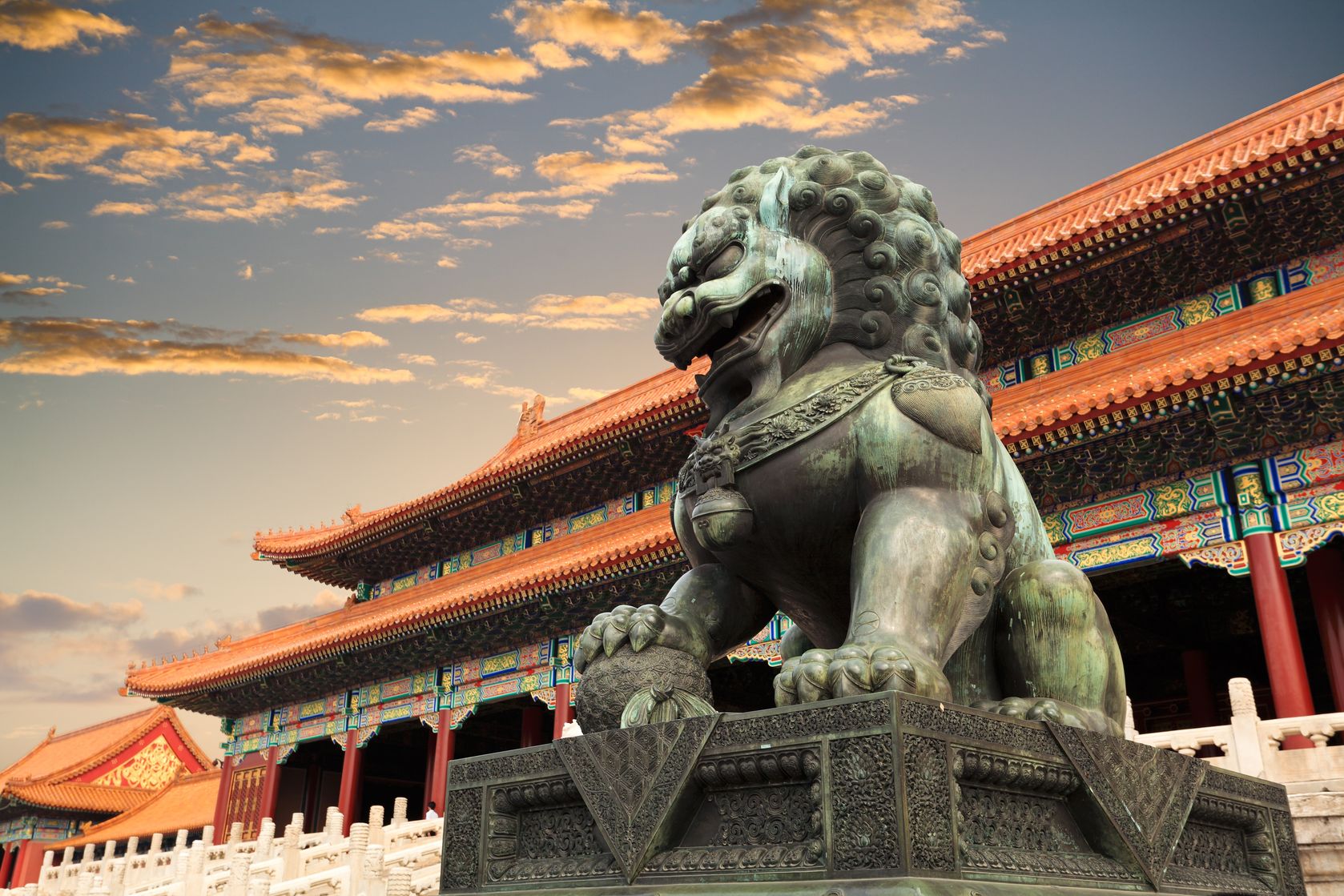23 April, 2015
China's State Administration of Foreign Exchange (SAFE) will, from 1 June 2015, give foreign investment enterprises (FIEs) more choice over the timing of conversions of foreign currency capital into RMB. While many media sources have hailed the new rules as a significant reform, the devil remains in the details.
The new rules (Circular 19) allow FIEs to convert foreign exchange capital at will. However, funds converted at will must be kept in a special RMB account, and cannot be deposited straight to the FIEs operating account. Moreover, an FIE that has previously converted foreign exchange capital must submit materials proving that the funds from the previous conversion were used in a lawful manner. This means that FIEs must be very careful to maintain full and proper records for each conversion of foreign exchange capital; failure to do so will likely cause problems in the future.
The new rules, which will be effective 1 June 2015, reflect trials that have been conducted in the Shanghai Free Trade Zone and 16 other pilot zones.
1. Current Rules (Circular 142)
The current rules, which are set out in Circular 142 of 2008, maintain strict control over foreign currency capital accounts of FIEs. One way in which the control is imposed is that Circular 142 only provides for a conversion-at-payment model. That is, FIEs must demonstrate an actual need for the conversion of foreign exchange capital before being allowed to convert foreign exchange funds in their capital accounts. To prove the need, FIEs must submit to banks various documents evidencing the underlying transaction and use of the converted RMB.
2. Two Conversion Models
Circular 19 gives FIEs a choice of conversion models:
Conversion-At-Will
Funds converted at will must be deposited in a special RMB account, and may generally only be used upon verification by the bank. Verification is aimed at ensuring that the funds will be used only for legitimate purposes. The submission of transaction documents or other materials will generally be required.
In order to use the RMB funds resulting from any subsequent conversion-at-will, the FIE must prove (at the time of withdrawing the funds from the special RMB account) that the funds from the previous conversion were used in a lawful manner.
Conversion-At-Payment
For a subsequent conversion in the form of a conversion-at-payment, the FIE must prove (at the time of the subsequent conversion) that the funds from the previous conversion were used in a lawful manner.
The only explicit exception to requiring FIEs to submit materials relating to the immediately preceding conversion/usage of funds is if the RMB funds will be used for operating capital and if they do not exceed USD 100k per month. In such cases, banks have the discretion not to require materials relating to the previous conversion.
3. Usage Restrictions
An FIE may only use converted RMB for purposes that are within its business scope. Circular 19 also prohibits the following:
- direct or indirect use for expenditure beyond an FIEs' business scope or in any manner prohibited by law;
- direct or indirect use for securities investment, except as otherwise provided by the law;
- direct or indirect RMB entrustment loans (unless permitted by the FIE's business scope), repaying inter-enterprise loans (including third-party advances), or repaying a bank for RMB loans that have been on-lent to third parties;
- use for payment of fees in relation to purchasing non-self-use real estate (except for FIEs lawfully engaged in real estate investment).
These restrictions are similar to those set out in Circular 142.
4. Converted RMB For Equity Investment
FIEs will be permitted to use RMB converted from foreign exchange capital for equity investment in China. The investee enterprises will need handle the re-investment registration with SAFE (or an authorised bank) and open a special account. The investing FIEs can then transfer the converted RMB into the special account.
Currently only FIEs engaging in equity investment business (e.g., China holding companies) are allowed to convert foreign currency capital into RMB for equity investment. For other FIEs, Circular 142 specifically prohibits the use of converted RMB capital for equity investment in China.
While Circular 19 lifts the restriction for ordinary FIEs to use foreign exchange capital for equity investment, it remains to be seen how this will work in practice. SAFE and other authorities (e.g., the Ministry of Commerce) are expected to provide further guidance in due course.
5. Looking Forward
The new round of SAFE reform is a small step toward giving FIEs more discretion over the use of their foreign currency capital. While Circular 19 may help FIEs hedge foreign currency exchange rate risks, regulatory control over foreign currency accounts of FIEs remain stringent for the time being.
For further information, please contact:
Nanda Lau, Partner, Herbert Smith Freehills
nanda.lau@hsf.com
Karen Ip, Partner, Herbert Smith Freehills
karen.ip@hsf.com
Own Cox, Herbert Smith Freehills
owen.cox@hsf.com





